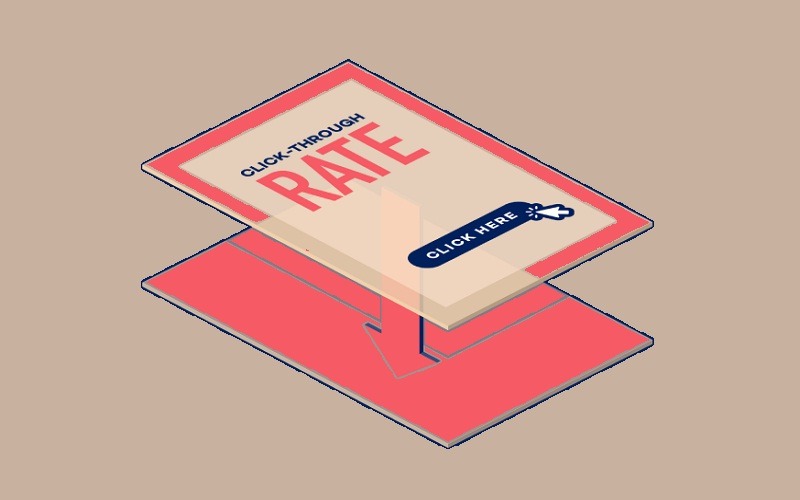Click-through rate (CTR) is a critical metric for anyone interested in improving their website’s performance in Google’s search results. It represents the percentage of users who click on a link to your website after seeing it in the search results. A higher CTR not only drives more traffic to your site but also signals to Google that your page is relevant and valuable, potentially improving your rankings. Here’s an in-depth guide on how to use CTR to improve your rankings in Google search results.
Try https://apextraffic.io/ CTR clicker tool to improve your rankings.
Understanding CTR and Its Importance
Before diving into strategies, it’s crucial to understand what CTR is and why it’s important. CTR is calculated by dividing the number of clicks a link receives by the number of times the link is shown (impressions) and multiplying by 100 to get a percentage. A high CTR means that a significant proportion of people who see your link find it relevant enough to click on. Google uses CTR as one of the signals to understand how well your page satisfies users’ queries, which can influence your rankings.
Optimizing for Higher CTR
1. Craft Compelling Titles
The title of your page is the first thing users notice in the search results. It should be compelling and accurately reflect the content of the page. Use relevant keywords, but also make it interesting and clickable. For instance, instead of a generic title like “10 Tips for Gardening,” you could use “10 Expert Gardening Tips to Transform Your Backyard.”
2. Write Descriptive Meta Descriptions
The meta description provides a brief summary of your page in the search results. A well-written, engaging, and informative meta description can significantly improve your CTR. Include targeted keywords and a clear value proposition. Tell users exactly what they’ll get by clicking on your link.
3. Use Structured Data
Structured data, or schema markup, helps Google understand the content of your page better and creates rich snippets in search results. These can include ratings, prices, author, etc., making your listing more attractive and informative, thus improving CTR.
4. Optimize for Featured Snippets
Featured snippets appear above the first organic search result and provide a quick answer to the user’s query. By structuring your content to be the best answer for specific queries, you can occupy this coveted position, dramatically increasing visibility and CTR.
5. Improve URL Structure
A clean, descriptive URL can improve user trust and CTR. Users are more likely to click on a URL that clearly indicates what the page is about. For instance, www.example.com/10-gardening-tips is more effective than www.example.com/page123.
6. Focus on User Experience
Google’s algorithms increasingly prioritize pages that offer a great user experience. This includes fast loading times, mobile optimization, and easy navigation. A site that performs well and meets users’ expectations is more likely to retain the users that clicked through, which in turn positively influences your CTR and rankings.
Analyzing and Improving Your CTR
1. Use Google Search Console
Google Search Console provides valuable insights into your website’s performance in search results, including your CTR for various queries and pages. Regularly review this data to understand where you’re performing well and where there’s room for improvement.
2. A/B Testing
Experiment with different titles, meta descriptions, and structured data types to see what works best for your audience. A/B testing allows you to make data-driven decisions about what changes lead to an improved CTR.
3. Monitor Your Rankings and Traffic
While working on improving your CTR, keep a close eye on how it affects your rankings and overall traffic. Use tools like Google Analytics alongside Search Console to get a complete picture of your site’s performance.
4. Stay Updated with SEO Best Practices
Google’s algorithms are constantly evolving. What works today might not work tomorrow. Stay informed about the latest SEO trends and best practices to ensure that your strategies remain effective.
Common Mistakes to Avoid
1. Clickbait Titles
While compelling titles are crucial, misleading users with clickbait can lead to a high bounce rate, signaling to Google that your page isn’t valuable, ultimately hurting your rankings.
2. Ignoring Mobile Users
With the increasing dominance of mobile search, not optimizing for mobile can lead to a poor user experience and lower CTR from mobile users.
3. Neglecting Other SEO Factors
CTR is just one piece of the puzzle. Neglecting other important factors like content quality, backlinks, and technical SEO can limit the effectiveness of your CTR optimization efforts.
Conclusion
Improving your CTR is a powerful way to drive more traffic to your site and signal to Google that your page is relevant and valuable, potentially improving your rankings. By crafting compelling titles and descriptions, optimizing for rich snippets and user experience, and continuously analyzing and refining your approach, you can effectively use CTR to enhance your presence in Google’s search results. Remember, SEO is a long-term game, and consistent effort and adaptation to the changing landscape are key to success.



